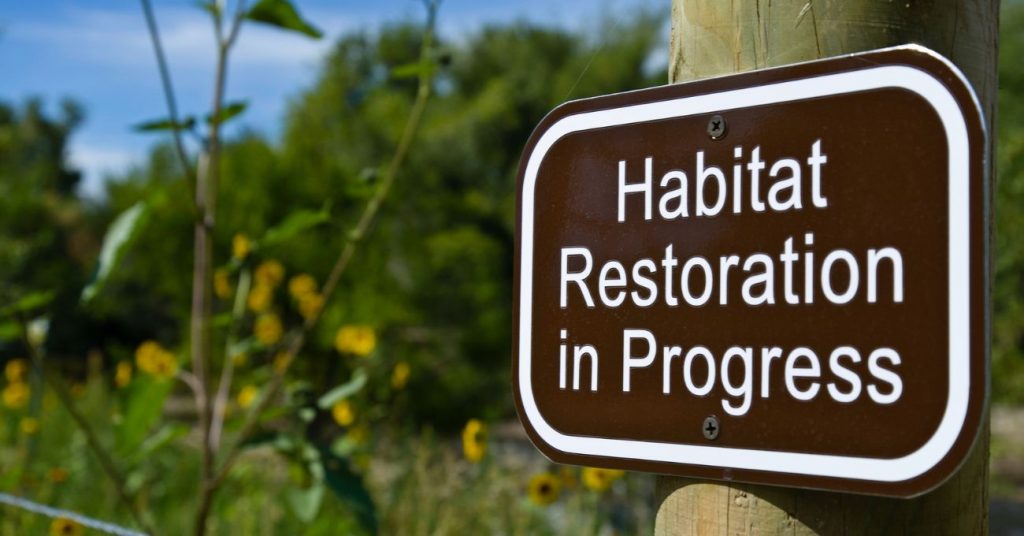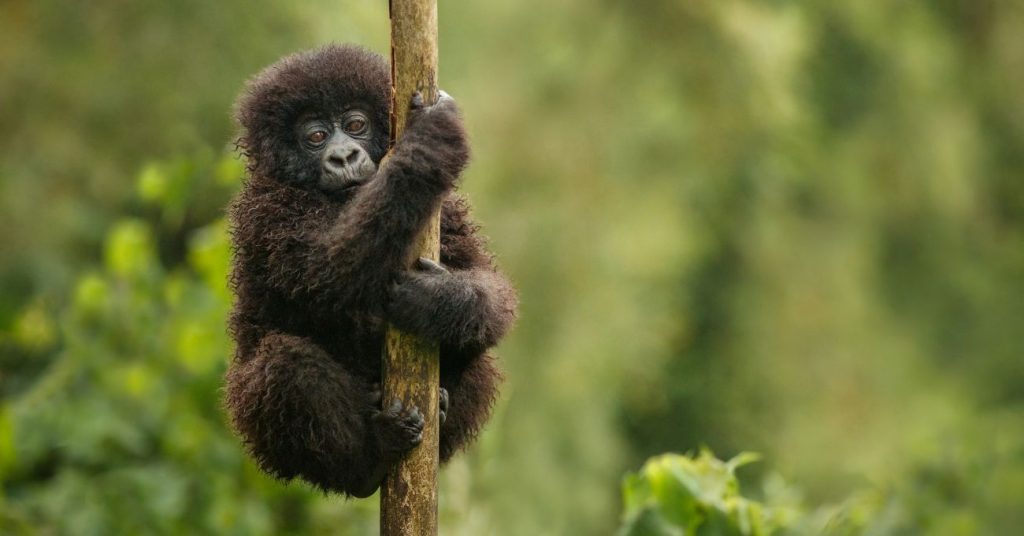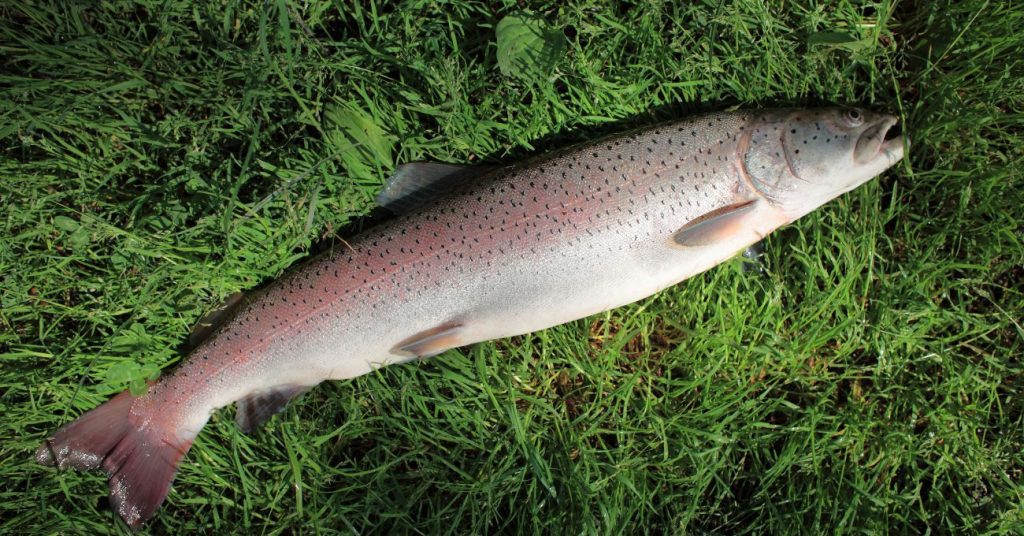In a bid to combat the severe deterioration of nature and biodiversity within the European Union (EU), a new report reveals that only 15% of habitats are in good condition, emphasizing a pressing need for intervention. The European Environment Agency's 2020 assessment is a stark wake-up call for EU policymakers.
Worst Affected Habitats: Peatlands and Dunes

The infographic highlights that peatlands and dunes are the most severely impacted habitats, with more than 80% of their areas classified as either bad or poor.
The degradation of these habitats poses a significant threat to various species that rely on them for survival.
Peatlands, vital ecosystems for carbon storage, are facing significant challenges, with 52% in bad condition and an additional 36% in poor condition, emphasizing the need for conservation efforts. Dunes, essential for coastal protection, show a worrying trend, with 52% in bad condition and 34% in poor condition, highlighting the vulnerability of these environments.
Coastal habitats, critical for marine biodiversity, are in distress, with 42% classified as bad and 44% as poor, underscoring the urgent need for habitat restoration.
Forests, crucial for global carbon balance, are under stress, with 31% in bad condition and 54% in poor condition, indicating the importance of sustainable forestry practices. Grasslands, essential for various species and ecosystems, are experiencing difficulties, with 49% in bad condition and 33% in poor condition, calling for measures to protect and restore these habitats.
Species in Decline

The report also reveals a concerning decline in various species:
The report's findings on the state of various species are concerning: 38% of fish are in bad condition, with an additional 44% in poor condition; mosses and other non-vascular plants face challenges, with 22% in bad condition and a staggering 52% in poor condition; clams, snails, and other mollusks also suffer, with 30% in bad condition and 34% in poor condition; insects and other arthropods exhibit a troubling trend, with 24% in bad condition and 39% in poor condition; finally, frogs and other amphibians are in a precarious state, with 21% in bad condition and 40% in poor condition.
This decline is driven by factors beyond habitat degradation, putting many species at risk.
Urgent Legislation: Nature Restoration Law
To address this crisis, the EU and its member countries are collaboratively working on a new law, the "Nature Restoration Law." This legislation will introduce binding targets for key ecosystems, habitats, and the species that inhabit them. It aims to reverse the alarming trend of nature's deterioration within the EU.
Threat to Food Security
The report underscores that nature is critical in food production, with nearly €5 billion of the EU's annual agricultural output linked directly to insect pollinators. However, nearly 50% of areas where pollinator-dependent crops are grown lack suitable conditions for pollinators, leading to the decline of bees and butterflies. One in three bee and butterfly species is declining, with one in ten on the verge of extinction.
Endangered Species
Among the endangered and threatened species within the EU are the Danube salmon, leatherback turtle, and Romanian hamster. These species are at risk of disappearing if immediate action is not taken.

Bird Population Decline
Birds, which also serve as pollinators and indicators of ecosystem health, have witnessed a 36% drop in farmland bird populations since 1990. This decline highlights the environmental changes affecting the EU's ecosystems. Species like the Little bustard, black-tailed godwit, and European turtle dove are among those experiencing population decreases.
As the EU faces the worsening state of its nature and biodiversity, the proposed Nature Restoration Law represents a vital step forward in safeguarding the continent's natural heritage. Addressing this crisis is not only essential for the environment but also for the future of agriculture and food security within the EU.






